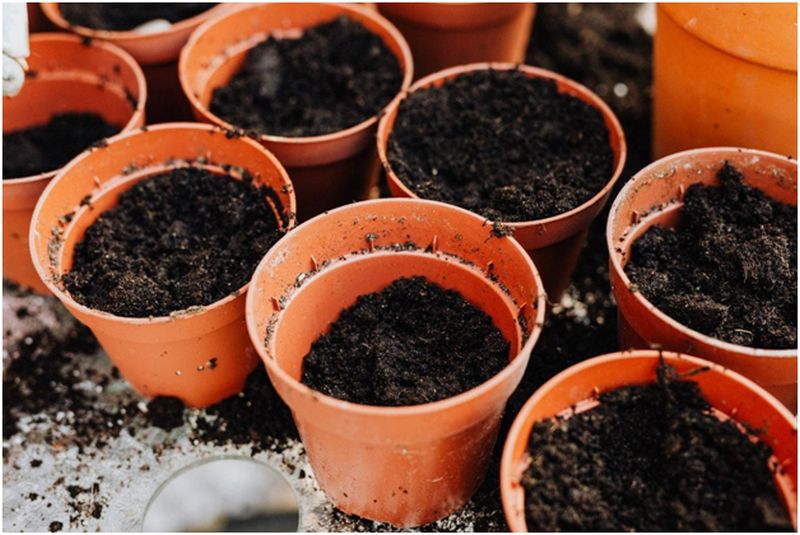Your backyard may have a lot of green in it, but is it a “green” space? Is it eco-friendly? If you’re not sure, you should read this list of changes that can make your yard eco-friendly.
1. Ditch the Grass
Do you have a grass lawn in your backyard? Sadly, grass lawns aren’t very environmentally friendly. They require a lot of water and maintenance while offering minimal benefits to the surrounding flora and fauna.
So, what should you do instead? A great alternative to having a manicured grass lawn is growing a clover lawn or building a biodiverse backyard with a variety of native flowers, shrubs and trees.
2. Get a Greenhouse
You might be hesitant to ditch the manicured lawn because it lets you section off your yard into neat spaces. You don’t want to worry about any plants encroaching on your vegetable patch or herb garden.
The good news is that there is a simple solution for keeping your vegetables and herbs separate from a yard full of grasses, flowers and potential weeds: a greenhouse.
A greenhouse allows you to cultivate a gorgeous garden in a controlled environment. You can use it to grow your favourite vegetables, herbs and flowers. You can even use it to grow tropical plants that would normally struggle to survive in the Northern climate.
Are greenhouses eco-friendly? Of course! Greenhouses are home additions that use less energy than other parts of the house. Greenhouse windows filter in natural sunlight during the day. This provides light, moderates the indoor temperature and feeds the plants inside. These windows are made with high-performance, low-E glass to insulate the interior from the outside weather, which means the winter cold won’t destroy all of your hard work!
3. Encourage Pollinators
Pollinators are creatures that transfer pollen between flowering plants, prompting them to yield fruits and seeds. By encouraging pollinators to come to your yard, you can help your garden and your local environment thrive.
So, what will bring pollinators like hummingbirds, bees and butterflies to your yard? Pollinators want flowering plants that offer a lot of nectar or pollen. They’re also attracted to bright, bold colours like red, blue, purple, pink and yellow.
Here are some examples of flowers that you could plant:
- Cosmos
- Daisies
- Alliums
- Coneflowers
- Sunflowers
- Bee balm
- Lavender
- Geraniums
- Petunias
- Black-eyed Susans
You can also put bee houses and hummingbird feeders in your yard to draw in pollinators.
4. Make Compost
One of the best reasons to make your own compost is that it’s eco-friendly. You’re keeping organic materials out of landfills and reducing your use of chemical fertilizers in your garden.
How do you start making compost? Collect old organic materials like vegetable scraps, coffee grounds, dry leaves, wood chips and shredded newspaper into a compost bin in your yard. Over a few months, you’ll want to regularly water the compost pile until it’s damp and then mix it. The materials will eventually break down and become nourishing fertilizer.
You want every inch of your home to be as eco-friendly as possible, including your backyard. So, make these eco-friendly changes as soon as possible.
Article Submitted By Community Writer




